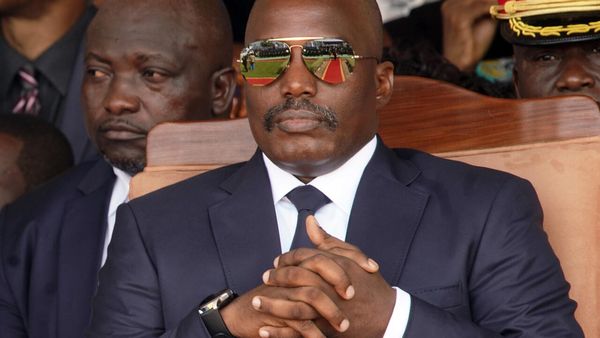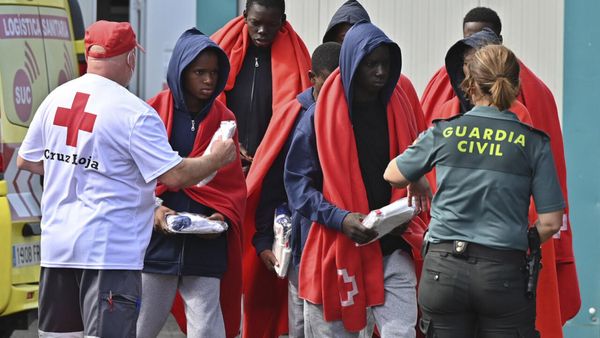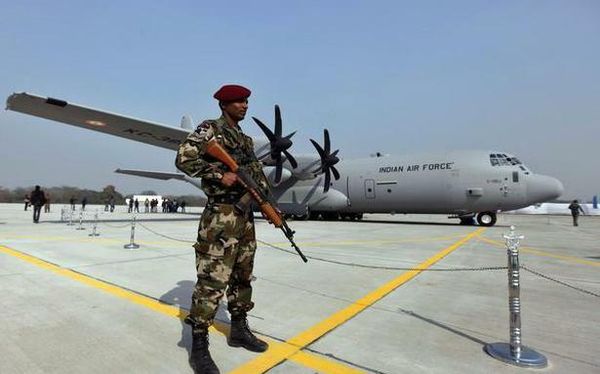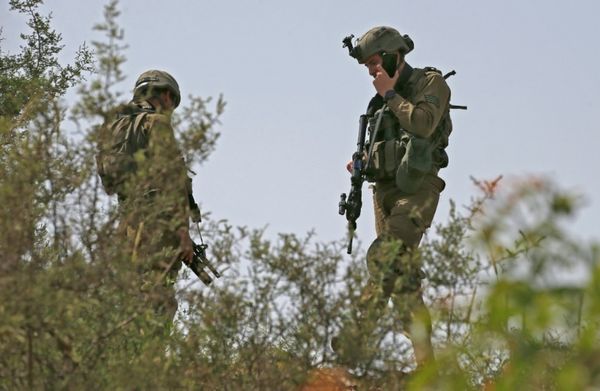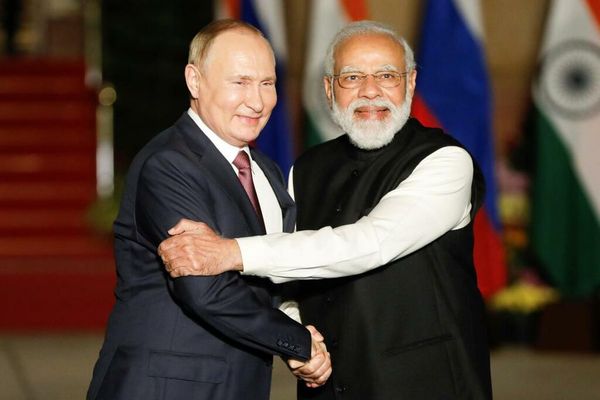GUWAHATI
The “indifference” of the Sashastra Seema Bal (SSB) to sporadic gunfire and the presence of certain groups across the border in Bhutan may have emboldened extremist outfits of northeast India, a book by a former intelligence officer indicates.
Members of the outlawed United Liberation Front of Asom (ULFA), the now-disbanded National Democratic Front of Boroland (NDFB) and the Kamtapur Liberation Organisation (KLO) had in the late 1990s begun setting up camps in Bhutan along the border with India.
Some of these camps were visible from the banks of the Sankosh river, which flows down the hills of Bhutan mostly along the Assam-West Bengal border and joins the Brahmaputra.
“I had asked for the Border Security Force for both the Indo-Bhutan and Indo-Nepal borders, but the Government of India deployed the SSB instead,” writes Dilip Mitra, a retired IPS officer in his book titled Operation Black Stiletto: Making India Bleed. He was with the West Bengal police intelligence for almost a decade before becoming the State’s Director-General of Police.
The SSB, created in March 1963 as the Special Service Bureau for achieving “total security preparedness” following the Chinese invasion of 1962, was tasked with guarding the India-Nepal border in June 2001 and the India-Bhutan border in March 2004. The force’s deployment coincided with Mr. Mitra’s stint with the intelligence wing.
‘Casual border force’
Mr. Mitra’s assessment of the SSB was not off the mark when he had inspected some areas of northern West Bengal along the border with Bhutan and walked into an SSB camp right on the border.
“What I saw shocked me. Some of the SSB personnel were sleeping on cots, some were playing volleyball while the rest were loitering about or sitting in small groups gossiping… The SSB men were totally indifferent to the sounds of sporadic gunfire; they were also least interested in my presence,” he writes.
“In all my decades of serve, I have never come across any such sloth or casual approach” in any central force, he says.
In course of time, Mr. Mitra “succeeded in obtaining intelligence and close-up photos of some of the [extremist] camps” in Bhutan during risky treks through dense jungles and “analysed the defensive measures” undertaken by the ULFA, NDFB and the KLO. “[Former Intelligence Bureau chief] Shyamal Dutta agreed with my analysis.”
Bhutan Army’s crackdown
Soon, the Royal Bhutan Army cracked down in what came to be known as Operation All-Clear between December 15, 2003, and January 3, 2004.
In coordination with the Indian Army deployed along the border, the Bhutan armed forces destroyed some 30 camps of the ULFA, 12 of the NDFB and five of the KLO. More than 130 rebels were killed and half a dozen Bhutanese soldiers injured in the operation, the book says.
“Rumours were floated by vested interests that it was the Indian Army in Bhutanese uniform that actually carried out the operation. This was not correct,” Mr. Mitra notes.



